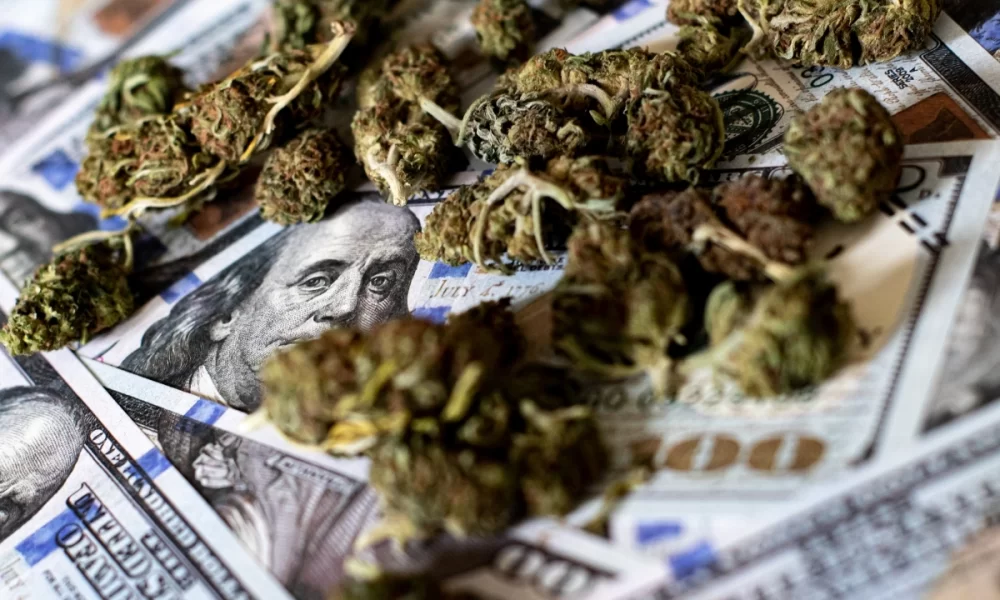Business
US cannabis industry’s $100 billion economic impact varies by state

Medical and recreational cannabis markets continue to have a growing impact on the broader U.S. economy, but the state-level impact differs based on each market’s size, maturity and type.
And while highly populated states with bigger markets have a larger dollar amount of economic impact, some smaller, less-populated states are generating more impact per person.
The total U.S. economic impact from marijuana sales in 2023 is expected to reach $100 billion – up more than 12% from last year, according to analysis from the recently published MJBiz Factbook.
For California – by far the largest cannabis market in the U.S. by sales and population – the economic impact from marijuana sales can amount to $17.7 billion pumped into the state’s economy in 2023.
By contrast, marijuana’s contribution to sparsely populated recreational and medical markets is much less, but not insignificant.
Mississippi, which kicked off marijuana sales in January, could expect a $30 million boost by the end of the year.
If we consider the total population of a state, some benefit more than others.
California’s marijuana market might have the largest total impact, but other states deliver more on a per-capita basis.
Alaska, for example, will deliver roughly $1,431 of economic impact per person this year.
And marijuana markets in Colorado, Massachusetts, Michigan, Montana, Nevada and New Mexico will each pump almost $800 per resident into their respective states.
California, which creates almost three times the total dollar amount of impact than Colorado, will contribute a little more than $450 of economic impact per person.
Economic impact comes from different sources – direct and indirect.
Marijuana jobs provide workers with income to spend on necessities such as food, lodging, transportation, entertainment and more.
Cannabis businesses, consumers and patients also pay hundreds of millions of dollars in state and local taxes that are used to fund local government activities, including schools and roads.
State real estate markets also receive a boost from retail, manufacturing and agricultural businesses moving into an area or established companies expanding, increasing broader demand for commercial properties.
Cultivating marijuana can require large investments in equipment and technology that boost not only the local economy but also areas throughout the United States.
The list goes on.
The marijuana industry’s unique structure – which encompasses agriculture, manufacturing and retail, in addition to ancillary businesses such as lighting supplies and legal services – makes these projections a best guess.
The economic impact of the marijuana industry is not the same as supply-chain revenues that are often used to estimate the “total size” of an industry.
Rather, the economic multiplier paints a picture of the impact the industry has on the broader economy.
In this case, for every $1 consumers and patients spend at retail locations, an additional $2 will be injected into the economy, much of it at the local level.
Using the same standard multiplier of 2 can also offer insight into the local-dollar impact from sales of recreational and/or medical marijuana.
To be sure, using the multiplier method for local impact analysis isn’t perfect.
State regulations and taxes along with other market variations can drastically increase or reduce the dollar amount marijuana sales put into the economy.
While it might be hard to adjust for those disparities, the estimates give us a good look at how the industry is contributing to the overall economic picture.
Source: https://mjbizdaily.com/us-marijuana-industry-100-billion-economic-impact-varies-by-state/